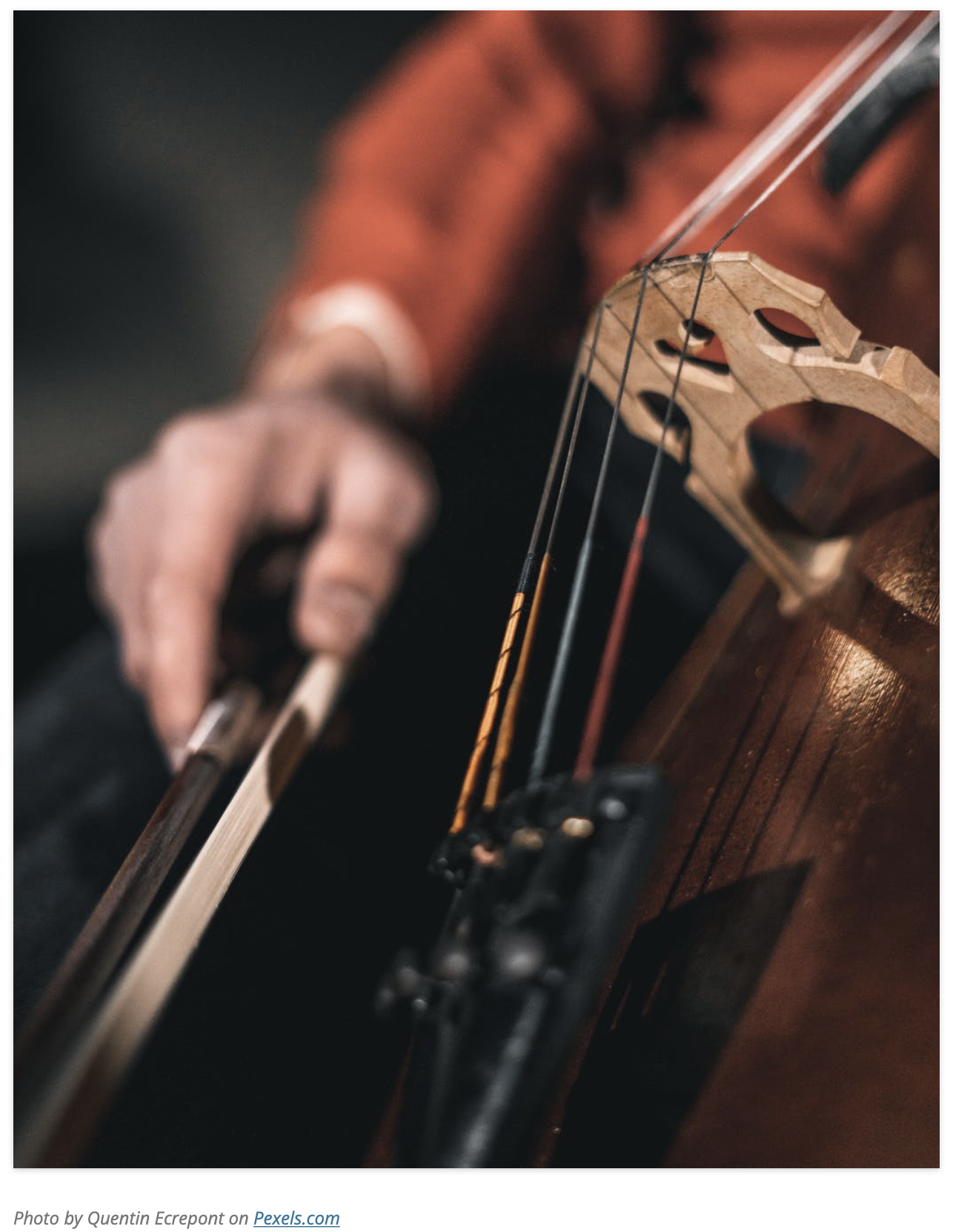One of the things that has become clearer to me since studying and teaching the Alexander Technique is what it really means to make a decision.
To decide is not the same thing as to plan. Many people make plans about improving something in their lives (sometimes with elaborate details) that they will never carry out.
Why? Because they didn’t take the most crucial first step before making the plan: deciding.
Decision is a matter of commitment. It’s “closing the deal” without any way to turn back. As my older brother would say, after making a tough decision, “The ball has already been thrown; nothing to do now but wait and see where it lands”.
Though this can seem scary, it’s also empowering. If you can rely upon your ability to make a decision, and stick with it, you become your most trusted ally and advocate.
There are two types of decisions: The decision to do; and the decision not to do.
When I think of the decision to do, I think of a friend and colleague of mine here in Los Angeles, Vinny Golia.
Vinny is an internationally recognized multi-woodwind improviser, composer and teacher (CalArts). He is extraordinarily prolific, having put out dozens and dozens of recordings, many of them very ambitious in their scope (large ensembles, improbable instrumentations, multi-media collaborations, etc).
Once when I was on tour with Vinny, I asked him how he manages to plunge into these seemingly impossible projects (funding them, composing all the music, organizing the musicians, recording, promoting, etc.).
His reply:
I just make a decision to do whatever it is I want to do, whatever inspires me. I never wonder if I can or can’t. I always decide first, then figure out how afterwards.
Again, decision precedes planning to make the seemingly impossible possible. In a sense, this is the very definition of ambitiousness.
But whenever I think of the decision not to do, I always think of the Alexander Technique.
Sticking with the decision to not do something as I carry out an activity is the cornerstone of the Alexander Technique. This has been the skill that I’ve cultivated to help me solve some rather serious problems I was facing as a saxophonist.
Whenever I give an Alexander lesson to a musician, we always come face to face with the need (and the difficulty) of sticking to the decision of not doing.
For example, I recently started giving lessons to a violinist who begins her sound (draws her bow across the strings) by stiffening her neck, shoulders and arms, thereby noticeably interfering with her technique, tone color and intonation.
My aim with this student is to get her to play without this habitual excess tension. As you might guess, it’s not as easy (at first, anyhow) as it sounds.
Too often it turns into a bit of an internally waged war, in which the student is trying hard to stop the habitual response of tensing up, only to create a different, yet equally tense response.
F.M. Alexander (the developer of the Alexander Technique) sums it up accurately:
When you are asked not to do something, instead of making the decision not to do it, you try to prevent yourself from doing it. But this only means that you decide to do it, and then use muscle tension to prevent yourself from doing it.
And so it was in the beginning with my violinist. Her problem, too, was that she never really made a decision to play without her habitual pattern.
Why not? Well, first, producing her sound was so tied up into the excess muscular tension that she really had no idea what it might be like to play without all that extra effort. (Part of my job is to work with my hands to guide her into a different kind of coordination as she plays.)
Second, she (like most musicians) has a very strong aversion to sounding bad, and/or being wrong. Holding on to the tension was an unconscious security blanket that made her believe that she could get her sound, no matter the physical consequences.
She’s already (after about seven lessons) doing noticeably better with all this, as she gradually changes her practice process.
Specifically, she aims at giving herself permission to draw the bow only if she doesn’t tighten her neck and shoulders first. If she feels herself preparing to play a particular passage with her habitual tension, she simply stops.
That’s right. She doesn’t start to play. She decides to proceed into playing only when she feels confident that she has started without all the extra junk.
It’s a decision she’s made and a commitment she stays true to. Now, to be clear, this is something she works on as she practices. It’s obviously not something she has the luxury of bringing into rehearsals and performances.
But the more she does this, the weaker (and more manageable) the old pattern becomes. By giving herself permission to stop, she no longer replaces tension with tension. Instead, she replaces excessive “doing” with an easy “non-doing”. Things will only get better for her. All because of her growing skills of deciding not to do as she plays here instrument.
So if you’d like to change, to really improve the quality of your practice, you can apply this same, highly effective principle. No matter whether you’re deciding to do, or not to do, staying with a decision is an important part of your continued growth and improvement.
